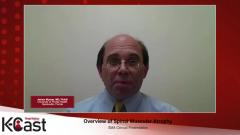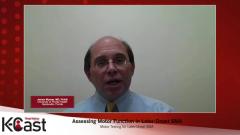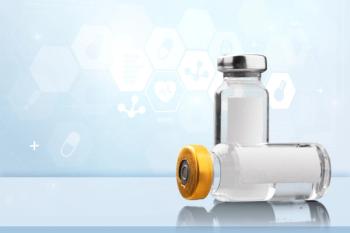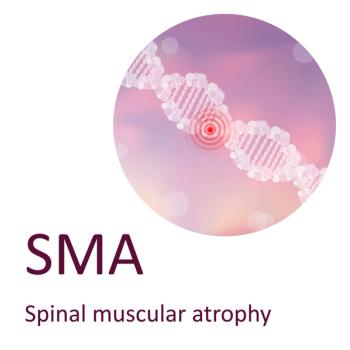
Real-World Experience Treating SMA With Nusinersen
Tim Hagenacker, MD: To my knowledge, there are now more than 10,000 patients on treatment with nusinersen. Within the adult population, more than 3,200 patients are on treatment.
James Wymer, MD, FAAN: The nice thing about the German study was that it was in complete agreement with what most of us have been seeing clinically. That is, we treat the patient and we find stabilization of their disease. There may be modest improvements. I don’t see dramatic improvement. But what I don’t see is patients continuing to decline. That’s been the clinical experience of most people that have gone through this treatment.
My own personal experience is biased by the patients that I see, but it’s been well-tolerated and patients have done well.
Tim Hagenacker, MD: In the real world, we have the challenge of some other aspects, which don’t occur in the infant and child population. We also have to deal with very severe scoliosis and similar issues. That contrasts with the infant population, for example, because in the patient with severe scoliosis, you need CT [computed tomography]–guided injection procedure. We have to deal with radiation procedures, radiation exposure, and other aspects of daily problems within the very severely affected patients. Typically, nusinersen is a well-tolerated treatment option, and we were able to perform the treatment in almost every case. There was only a minority of patients who could not be treated by the CT-guided lumbar puncture.
My experience with nusinersen in the treatment of adult patients is that it is typically well tolerated. It’s an efficacious drug. You need good infrastructure at your neuromuscular center. Especially in the very severely affected patients, you need competence in neuroradiology, for example, and in the pulmonology department at your center to get patients on treatment. Patients improve or even stabilize, and we haven’t ever seen this before, so it is an important drug in the treatment of adult SMA [spinal muscular atrophy].Tim Hagenacker, MD: To my knowledge, there are now more than 10,000 patients on treatment with nusinersen. Within the adult population, more than 3,200 patients are on treatment.
James Wymer, MD, FAAN: The nice thing about the German study was that it was in complete agreement with what most of us have been seeing clinically. That is, we treat the patient and we find stabilization of their disease. There may be modest improvements. I don’t see dramatic improvement. But what I don’t see is patients continuing to decline. That’s been the clinical experience of most people that have gone through this treatment.
My own personal experience is biased by the patients that I see, but it’s been well-tolerated and patients have done well.
Tim Hagenacker, MD: In the real world, we have the challenge of some other aspects, which don’t occur in the infant and child population. We also have to deal with very severe scoliosis and similar issues. That contrasts with the infant population, for example, because in the patient with severe scoliosis, you need CT [computed tomography]–guided injection procedure. We have to deal with radiation procedures, radiation exposure, and other aspects of daily problems within the very severely affected patients. Typically, nusinersen is a well-tolerated treatment option, and we were able to perform the treatment in almost every case. There was only a minority of patients who could not be treated by the CT-guided lumbar puncture.
My experience with nusinersen in the treatment of adult patients is that it is typically well tolerated. It’s an efficacious drug. You need good infrastructure at your neuromuscular center. Especially in the very severely affected patients, you need competence in neuroradiology, for example, and in the pulmonology department at your center to get patients on treatment. Patients improve or even stabilize, and we haven’t ever seen this before, so it is an important drug in the treatment of adult SMA [spinal muscular atrophy].
Newsletter
Get the latest industry news, event updates, and more from Managed healthcare Executive.









